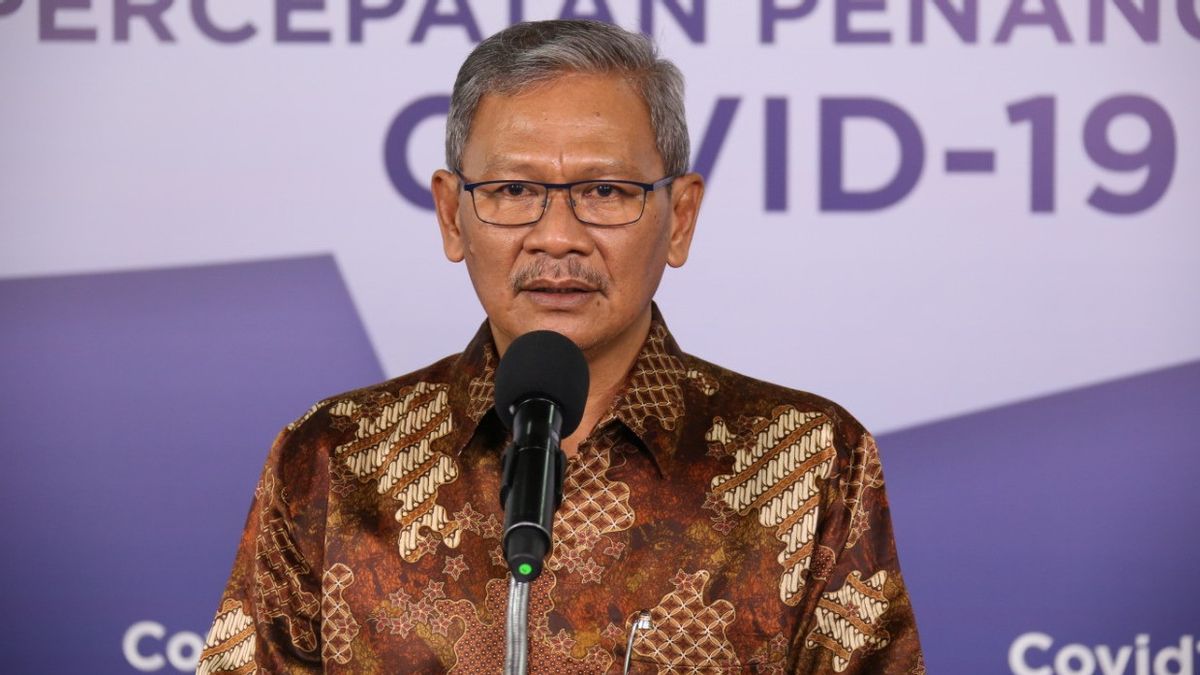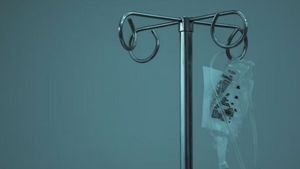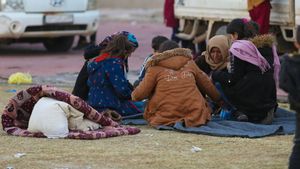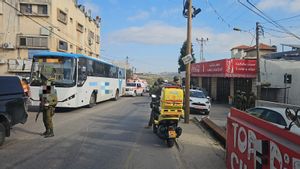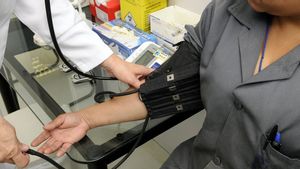JAKARTA - Government spokesman for the handling of COVID-19, Achmad Yurianto, presented the preliminary results of specimen examination as of June 26. A total of 1,240 new positive cases from the examination of 22,819 people.
Thus, the total number of positive cases reached 51,427 people. Meanwhile, the total number of specimens examined was 731,781 specimens.
Of these new positive cases, some of the same regions are still the biggest contributors. East Java, DKI Jakarta, and South Sulawesi, to be some of them.
"East Java reported 356 new positive confirmed cases, and 193 recovered. DKI Jakarta reported 205 new cases and 108 recovered. Central Java 177 new cases and no reports of recovery. South Sulawesi 172 new cases and 156 recovered. Then Bali 49 new cases. and 73 recovered, "said Yuri at Graha BNPB, Friday, June 26.
Then, there were 19 provinces that reported additional positive cases below the number 10. In addition, there were 7 provinces that reported more cases of recovery than positive cases.
Some of them, for example North Sumatra with 14 new cases and 64 recovered, Banten 10 new cases and 13 recovered, Central Kalimantan 7 new cases and 29 recovered, Bengkulu 4 new cases and 10 recovered, and Arat Sumatra 3 new cases with 10 recovered.
With the addition of recovered cases, a total of 884 people nationwide today have been free from COVID-19. So that the total is 21,333 people who have recovered.
Then, for cases of death increased by 63 people. With that addition, 2,683 people have died due to COVID-19.
"448 municipalities in 34 provinces have been affected by this COVID-19. We are still monitoring 38,381 people under surveillance (ODP) and 13,506 patients under surveillance (PDP)," said Yuri.
Location prone to positive casesWith the addition of positive cases still occurring, it means that the spread is still high. In fact, based on research that has been done, there are several places that are prone to transmission
First, the office or workplace. Because, in spatial planning, it is not concerned with maintaining a safe distance. Thus, it becomes prone to transmission.
"Every worker in the office must be able to maintain a distance of at least 1.5 meters from the others," said Yuri.
Second, a place to eat or a restaurant. Because, at certain times there is often a build-up of visitors, for example, at the noon burial hour. Moreover, the place to eat is not sufficient to implement a safe distance.
"So that the distance from one another cannot be maintained for more than 1.5 meters," said Yuri.
Finally, the potential for transmission occurs in mass transportation. In fact, the government has issued policies to reduce the potential for transmission.
"Some time ago, according to circular number 8, we divided the hours to start working in two waves, at 7 -7.30 WIB and 10-10.30 WIB. This is intended to ensure that commuter capacity can be filled by fulfilling safe prerequisites for maintaining distance. "concluded Yuri.
The English, Chinese, Japanese, Arabic, and French versions are automatically generated by the AI. So there may still be inaccuracies in translating, please always see Indonesian as our main language. (system supported by DigitalSiber.id)
